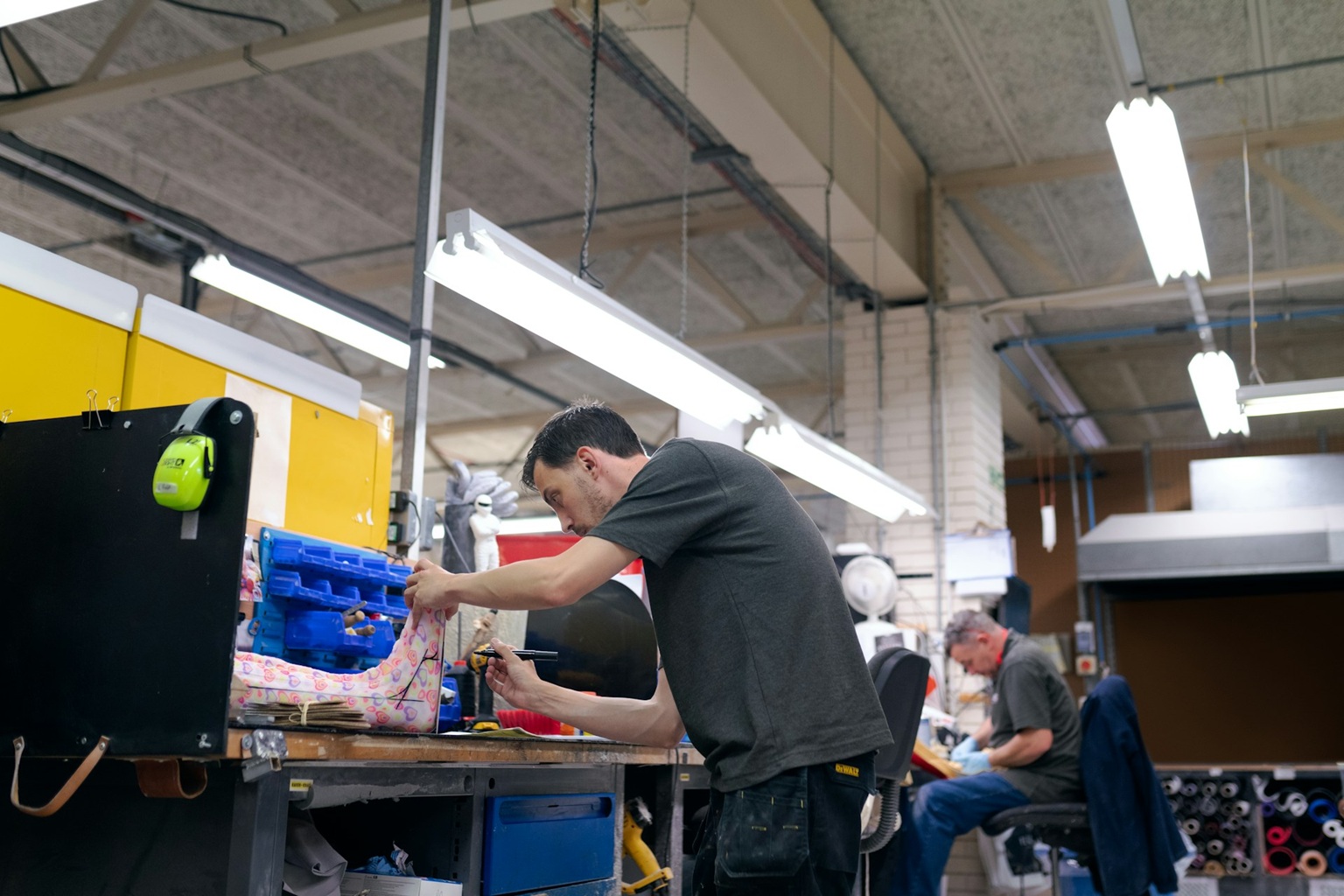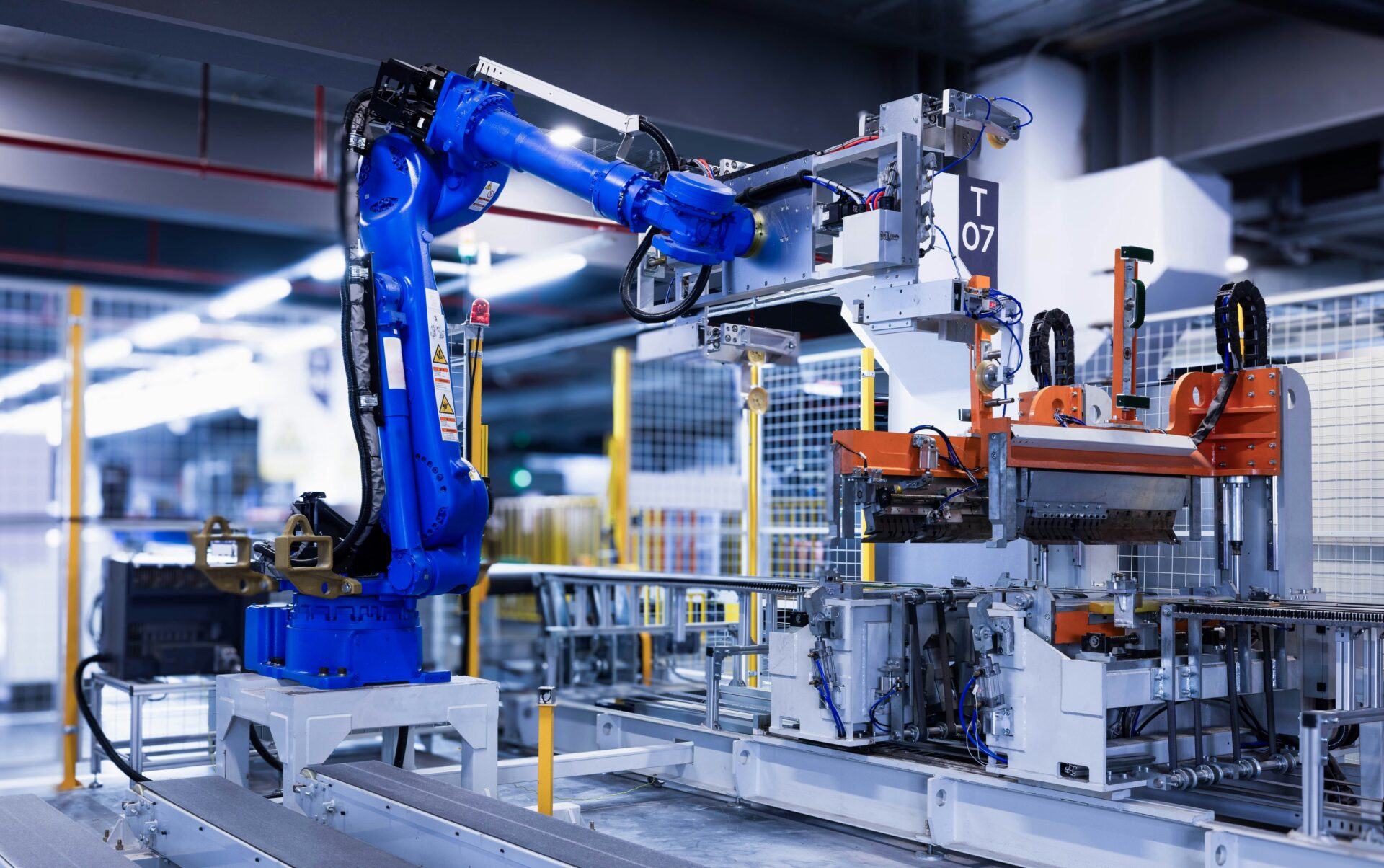
Unique Ways AI Optimizes Fleet Maintenance
June 20, 2024 - Ellie Gabel
Revolutionized is reader-supported. When you buy through links on our site, we may earn an affiliate commission. Learn more here.
Artificial intelligence (AI) has become a game-changer for fleet professionals, such as when they use AI predictive maintenance tools to learn about issues before they result in stranded vehicles or accidents. What benefits should people expect when applying this technology to improve their processes?
Reveals Performance Risks
Artificial intelligence can become a screening tool that helps fleet managers determine if there are hidden risks associated with their vehicles or drivers. Being more aware of such threats and responding to them proactively can lower insurance costs and crash risks.
AI can process large amounts of data incredibly quickly — much faster than humans could without help. This characteristic makes it ideal for finding fleet-related trends and showing people that particular instances are more than one-off occurrences.
One commercially available tool promotes risk management by flagging performance-related problems within fleets, whether related to drivers or vehicles. It then recommends how managers should address the matters.
Then, if collisions occur, users can use the AI platform to analyze them individually, assessing which factors contributed to the accident. Such insights support fleet management by revealing telltale patterns. Imagine if the product indicated brake-related problems caused a crash. In that case, the fleet manager may need to adjust the sensitivity of an AI predictive maintenance product, ensuring it recognizes and alerts people to issues before trucks return to the roads.
Fleet managers must also realize that risk profiles can change due to factors such as a company hiring more drivers or an area experiencing more unusual weather and intense storms due to climate change. AI can help them understand when those fluctuations happen and what they can do to minimize the effects. Actions could include changing a truck’s tires or fluids to options more appropriate for extreme weather.
Accelerates Inspections
Managers must periodically inspect their fleets, particularly once drivers return them after long journeys or technicians say vehicles are ready to be picked up from repair shops. These checks require detail-oriented attitudes, but people can still get distracted and miss things despite their best efforts. AI can reduce such mistakes, giving drivers and fleet managers more confidence that their vehicles are safe for the roads and did not sustain hidden damage.
In 2022, a rental car company began using automated AI inspection technology in two European countries. The pilot project aimed to make the checks more efficient, standardized and objective. Inspections happen when the AI takes a 360-degree look at the vehicles, requiring only seconds to generate condition reports with deep learning algorithms and car-specific details.
Fleet managers could also use the data to support AI predictive maintenance applications, such as measuring whether a known problem has worsened or remained stable over time. Algorithms could determine whether identified issues require urgent attention or whether it is still safe to use the fleet vehicle in its current state.
Amazon started using a similar AI technology to check its delivery vehicles at the end of each workday. Drivers proceed under an archway equipped with cameras and sensors, generating an associated vehicle report showing issues and their severity. This approach also indicates valuable patterns that can shape future maintenance decisions. For example, the collected statistics indicated 35% of Amazon delivery vehicle issues are related to tires.
There is also an AI predictive maintenance aspect because the tech can find matters not easy to detect manually and then suggest how and when to fix them. Such tips could prevent blowouts, flats or other issues that cause delivery delays or other preventable matters.
Improves Maintenance Decisions
Although AI predictive maintenance tools are excellent for determining when fleet vehicles need urgent attention, professionals may need to use the technology in other ways to guide their workflows.
Consider if a technician finds minor rust spots on a vehicle’s body. Wire brushes and grinders work well to remove the most visible ones. People can then apply a rust converter, allowing them to paint over affected areas. Keeping the truck well protected from the elements when not used is another excellent way to make the problem manageable. AI tools could help maintenance professionals understand what caused the rust and what they should do to mitigate its future effects. One tool combines generative AI and telematics data to help technicians make better decisions about when to do maintenance and what type to perform.
People familiar with current AI tools and their potential envision a future where maintenance professionals might interact with the technology by uttering commands while they work on vehicles. Then, users could make maintenance-related decisions seamlessly because they would no longer need to switch back and forth between the vehicles and their computers.
Promotes Safer Operations
Although many people benefit from smooth-running fleets, they may be unaware of the concentrated efforts required to achieve them. For example, statistics indicate 97% of shoppers want to track their orders throughout the process. That is understandable, but consumers may forget all the external factors that could make their goods arrive later than expected.
Drivers must contend with potential hazards such as bad weather, heavy traffic and accidents while figuring out how to deliver goods on time without putting themselves or others in danger. One AI-driven software-as-a-service tool monitors that fleet operators do not show risky behaviors. It also has a fatigue-detection feature to flag when drivers should take breaks. It can also analyze hard braking events or other trends that could make vehicles.
When fleet managers combine driver safety tools with AI predictive maintenance, their combined efforts can significantly improve safety. The results could keep costs down while establishing the fleet as a reputable option.
One company that uses AI and other advanced technologies in its fleet offerings provides a virtual driving coach tool that allows users to review video clips of potentially dangerous instances and receive personalized feedback to become safer vehicle operators. Driver safety connects to fleet maintenance by reducing harsh braking events, fender benders and other issues that could require immediate attention and reduce a vehicle’s useful life span.
Enables Better Efficiency
Fleet efficiency is a significant maintenance concern, especially because vehicles in poor condition may contribute more emissions to the atmosphere or use more fuel. Technicians can consider using AI predictive maintenance tools to lower costs, but they should also digitize records.
Many companies use artificial intelligence to quickly search for keywords and phrases, allowing them to find entries much faster than they could if manually looking for the information. Predictive maintenance tools can also give people sufficient notice about vehicle problems to resolve, giving them time to find available technicians, order spare parts or take other necessary actions before fleet assets become inoperable or unsafe to use.
Another AI win comes from a facility that uses the technology to learn about just-arrived trucks, reducing driver wait times. Employees formerly processed the vehicles with physical paperwork, which was inefficient and error-prone.
Maintenance technicians could apply the technology slightly differently by determining where individual trucks are at any time. They might then depend on that information to calculate when the vehicles will arrive back at depots or other locations. Accuracy in that task makes necessary tasks happen more quickly because project management apps could ensure people are immediately ready to work on the vehicles once they return from current jobs.
Streamlining Roadside Assistance
Even well-maintained trucks can occasionally become stranded. Such instances can be prohibitively costly and harm productivity, but AI can reduce those negative effects. This is still an emerging artificial intelligence application, but it will be interesting to see if decision-makers apply it more broadly soon.
One operator providing roadside assistance to truckers in Canada uses AI for workload management. The technology processes incoming requests and analyzes which employees to send to specific locations. Leaders say this approach boosts efficiency and enhances customer service.
Professional truck drivers spend many long hours on the road, but their work becomes frustrating when unexpected vehicle issues occur. This AI use reduces waiting time, getting vehicles back on the road sooner. Fleet teams can also analyze what went wrong and why, using those details to make future problems less likely.
AI Predictive Maintenance and Beyond
These compelling examples show why maintenance managers should strongly consider deploying AI sooner rather than later. Identifying the most suitable applications and finding appropriate tech solutions takes time and effort. However, succeeding can bring economic, safety and productivity benefits to drivers, technicians and all the customers who depend on the associated fleets.
Revolutionized is reader-supported. When you buy through links on our site, we may earn an affiliate commission. Learn more here.
Author
Ellie Gabel
Ellie Gabel is a science writer specializing in astronomy and environmental science and is the Associate Editor of Revolutionized. Ellie's love of science stems from reading Richard Dawkins books and her favorite science magazines as a child, where she fell in love with the experiments included in each edition.






